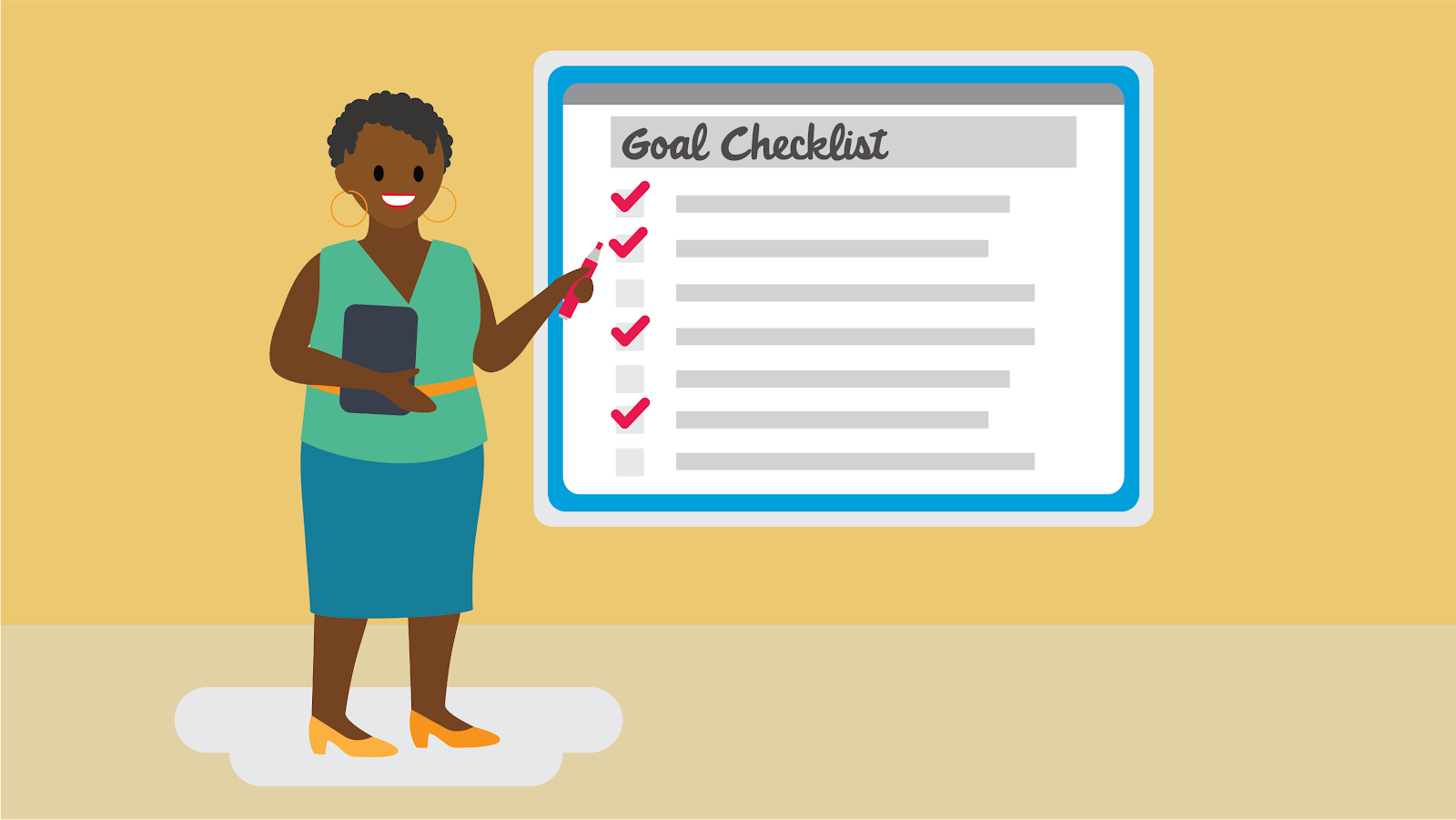Evaluate Your D2C Readiness
Learning Objectives
After completing this unit, you’ll be able to:
- Explain ways to prepare your business for D2C.
- Discuss the importance of balancing distribution channels.
Direct to consumer, or D2C, refers to the business model of selling goods or services directly to customers without going through a retail middleman. Are you ready to begin your transition to D2C? Before starting, there are a few things to consider.
Evaluate Your D2C Readiness
First, review the benefits of going D2C. These include building overall brand awareness to drive growth and online revenue, and the ability to expand to new markets, launch a consumer-facing brand, and gather better shopper insights for more personalized experiences.
Then, identify your vision and goals for going D2C. For example, you might want to start with a content-only site, or you might dive in with transactional elements. Whatever your goals may be, make sure they are clearly identified at the beginning of your D2C journey.
As with any new venture, D2C is an investment in technology, resources, and time, and there are some potential obstacles. You need an organizational structure that supports a new revenue stream. It’s critical to get buy-in from key stakeholders—from the C-suite to internal advocates within product, IT, marketing, sales, and service teams.
Managing existing channel partnerships might also present roadblocks. Before you launch a D2C channel, prioritize clear communication, and find ways to balance the channel with existing revenue streams.
Next, set your success metrics. Clear key performance indicators (KPIs) inform brand, commerce, and channel-related decisions and establish internal alignment. Many success metrics exist beyond sales targets and overarching revenue growth, including driving repeat purchases, loyalty, or higher consumer satisfaction. Consider brand awareness as an important measure of success as well. Identify success metrics early, evaluate often, and make sure they evolve.
Honor your company values. Your D2C channel should align with your company’s overall business goals and values. Clearly communicate how it will feed your ecosystem and support enterprise stakeholders.
For example, a leading vision and eyecare provider stayed in line with its company values when it launched a D2C eyewear brand by ensuring doctors were at the core of its mission. Consumers could go to a doctor’s office and have an optician properly fit their glasses.

Balance Distribution During D2C Transition
Going D2C doesn’t have to mean disrupting your B2B relationships with distributors. There are a number of proven ways to balance D2C with existing B2B distribution streams. Deliver a unique experience on your D2C channel while supporting existing partnerships with these best practices.
Take a brand-first approach.
Content and experiences bring consumers closer to your products, company, and brand. Use detailed product descriptions, how-to videos, and trending social photos to make your brand shine.
Complement existing retail partnerships.
D2C drives awareness that benefits and boosts other channels. A leading sportswear company focused on mobile ecommerce to deliver just-in-time product information and content as consumers stood in the aisles of the retail store making purchasing decisions on their phones.
If you also plan to open retail stores, be sure to deliver a connected experience. For example, a global accessories company went D2C with an ecommerce site and bridged its digital experience with stores to better serve consumers. And a tire service center added ecommerce to its mix of existing D2C stores for consumers to schedule appointments online and select store services.
Personalize product assortments and promotions.
Your D2C channel provides access to first-party data (information you collect directly from your consumers) to better understand your consumers and their shopping behaviors. Use it to respond accordingly to combat price competition, create targeted promotions, adjust product assortments, or add more personalized site elements and products.
For example, one golf equipment company differentiates itself from distribution partners with its extensive ability to personalize and customize products on its website. Golf is a personalized sport, and customization gives golfers an experience that is unique to the company’s environment.
Offer a wider assortment of products.
A “digital shelf” gives you the control to show products in the best light. Showcase a greater assortment of products and create a special line that’s only available for purchase on your site. You can even give partner retailers exclusive access to your special product line.
Use the power of the suggested retail price. Set the suggested retail price (SRP) online to maintain both value and a high price point. Consider giving distribution partners the exclusive ability to discount items using your SRP.
Align with a cause close to you.
Connect consumers directly with your core brand values. With a D2C channel, you can donate an automatic percentage of profits to a preferred foundation.
But you can’t go it alone through the D2C transition! In the next unit, we consider ways to efficiently bring together your D2C dream team.